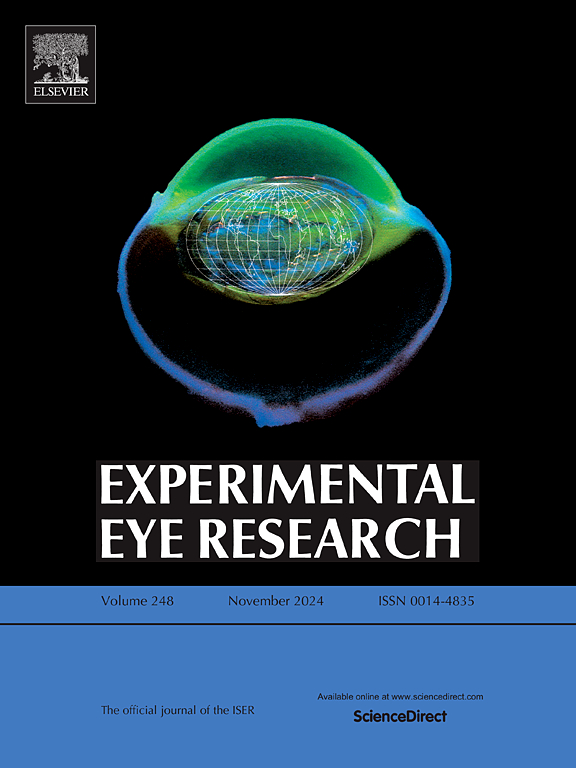Retinal imaging in an era of open science and privacy protection
IF 3
2区 医学
Q1 OPHTHALMOLOGY
引用次数: 0
Abstract
Artificial intelligence (AI) holds great promise for analyzing complex data to advance patient care and disease research. For example, AI interpretation of retinal imaging may enable the development of noninvasive retinal biomarkers of systemic disease. One potential limitation, however, is government regulation regarding retinal imaging as biometric data, which has been recently under debate in the United States. Although careful regard for patient privacy is key to maintaining trust in the widespread use of AI in healthcare, the designation of retinal imaging as biometric data would greatly restrict retinal biomarker research. There are several reasons why retinal imaging should not be considered biometric data. Unlike images of the iris, high quality images of the retina are more difficult to obtain, requiring specialized training and equipment, and often requiring pupil dilation for optimal quality. In addition, retinal imaging features can vary over time with changes in health status, and retinal images are not currently linked to any large identification databases. While the protection of patient privacy is imperative, there is also a need for large retinal imaging datasets to advance AI research. Given the limitations of retinal imaging as a source of biometric data, the research community should work to advocate for the continued use of retinal imaging in AI research.
开放科学和隐私保护时代的视网膜成像。
人工智能(AI)在分析复杂数据以推进患者护理和疾病研究方面前景广阔。例如,对视网膜成像的人工智能解释可能有助于开发全身性疾病的非侵入性视网膜生物标志物。然而,一个潜在的限制是政府对视网膜成像作为生物识别数据的规定,这在美国最近一直在争论。尽管仔细考虑患者隐私是在医疗保健中广泛使用人工智能的关键,但将视网膜成像指定为生物识别数据将极大地限制视网膜生物标志物的研究。视网膜成像不应被视为生物识别数据的原因有几个。与虹膜的图像不同,视网膜的高质量图像更难获得,需要专门的培训和设备,并且通常需要瞳孔扩张才能获得最佳质量。此外,视网膜成像特征可以随健康状况的变化而随时间变化,视网膜图像目前没有与任何大型识别数据库相关联。虽然保护患者隐私势在必行,但也需要大型视网膜成像数据集来推进人工智能研究。鉴于视网膜成像作为生物识别数据来源的局限性,研究界应努力倡导在人工智能研究中继续使用视网膜成像。
本文章由计算机程序翻译,如有差异,请以英文原文为准。
求助全文
约1分钟内获得全文
求助全文
来源期刊

Experimental eye research
医学-眼科学
CiteScore
6.80
自引率
5.90%
发文量
323
审稿时长
66 days
期刊介绍:
The primary goal of Experimental Eye Research is to publish original research papers on all aspects of experimental biology of the eye and ocular tissues that seek to define the mechanisms of normal function and/or disease. Studies of ocular tissues that encompass the disciplines of cell biology, developmental biology, genetics, molecular biology, physiology, biochemistry, biophysics, immunology or microbiology are most welcomed. Manuscripts that are purely clinical or in a surgical area of ophthalmology are not appropriate for submission to Experimental Eye Research and if received will be returned without review.
 求助内容:
求助内容: 应助结果提醒方式:
应助结果提醒方式:


